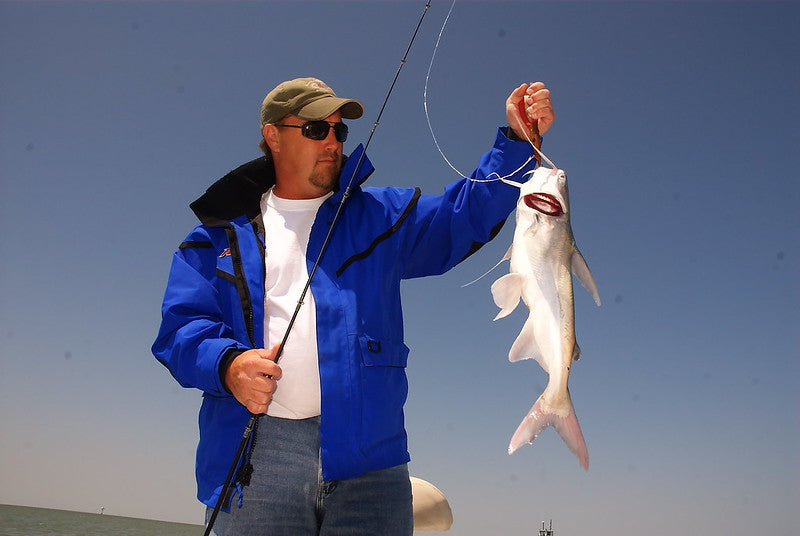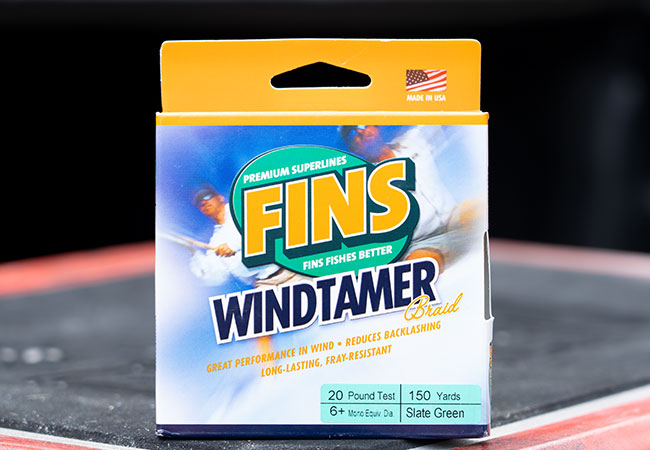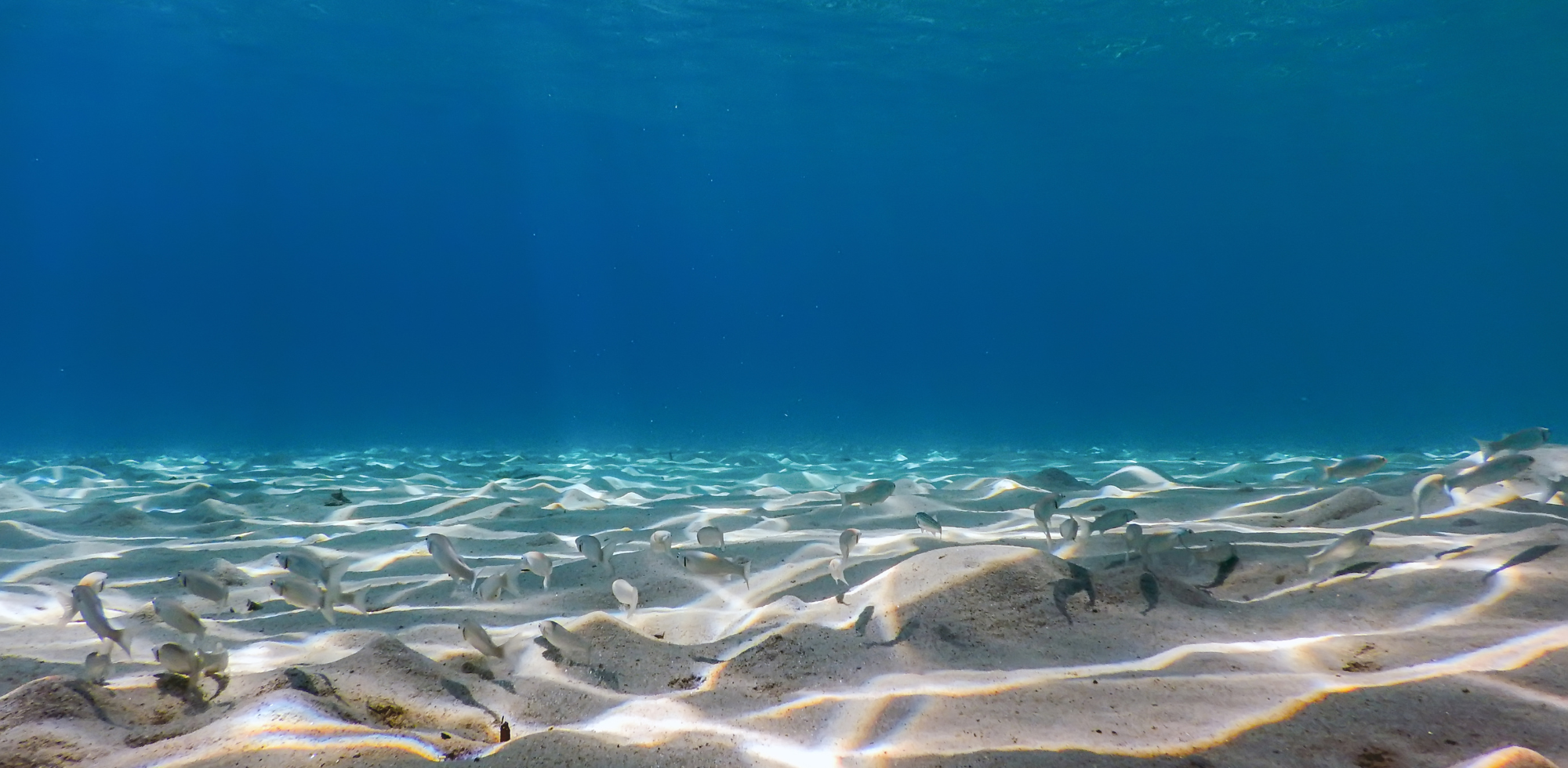If you have ever fished the Gulf of Mexico, chances are you have encountered one or more of the many species of "saltwater catfish." But what do you know about them? Does anyone want to catch them? Are they a catfish? Can you eat them, or are they indeed "trash fish?" Let's take a closer look and answer your saltwater catfish questions and then some.
What is a saltwater catfish?
Several species are considered saltwater catfish, but the two most common are the hardhead catfish and gafftop or sail catfish. Both are abundant in the waters of the Gulf area and commonly encountered when fishing for other species.
Why are they called hardheads? Hardhead catfish get their name from a bony plate that extends from between its eye to the dorsal fin. Hardhead catfish are caught throughout the Gulf of Mexico and the Florida Keys. They spend the winter months in deeper offshore areas and move to shallows in late spring once the waters have warmed. Although the hardheads grow as large as 28 inches and over 12 pounds, the average is closer to the 1-3-pound range. Like other catfish, the hardhead has barbels – four under the chin and two at the corners of its mouth. Both the dorsal and pectoral fins also include sharp, serrated spikes capable of inflicting a very painful stab.
The gafftop catfish, also known as the sail top catfish or sail cat, derives its name from the dorsal fin, which extends much higher than other species. Its territory overlaps with that of the hardhead but also extends further south into the Caribbean Sea. The gafftop tends to spend more time in shallow water, often sticking close to piers, docks, reefs, or similar structures that protect from predators. Unlike the hardhead, it will enter brackish water, especially those areas that offer protection. It too has tell-tale barbels – one set each on the chin and mouth, as well as spines on the dorsal and pectoral fins. Gafftops can reach weights up to 9 pounds. The average is 1 to 3 pounds.
Both species are scavengers and will eat almost anything they find. This annoying fact makes them frustrating to anglers who find themselves continually losing bait or having to dehook them.
Are they junk fish?
Both fish have a reputation for being good for nothing other than stealing your bait when fishing for something else. But this is not entirely true. While it is true, they are often encountered as unwanted bycatch when fishing with live or dead bait, and this does not mean they are not a valuable resource.
The Good
Saltwater catfish are experiencing a growth in popularity, and some anglers are explicitly targeting them. If you enjoy catching freshwater catfish, both the hardhead and gafftop will provide similar opportunities.
- Both species are abundant and readily caught in most of their territory.
- Both can easily be caught without expensive or specialized gear.
- Both species can be used as cut bait for a variety of larger game species.
- Saltwater catfish are edible and provide white, flaky meat almost identical to freshwater catfish species. I tried saltwater catfish for the sake of YouTube and I was pleasantly surprised, check out this video of the catch and cook:
Pound for pound, they provide an excellent light tackle battle.
Most states do not consider them a protected species meaning you can keep large numbers, and there is usually no minimum size.
The Bad
So why did saltwater catfish gain such a negative image? Well, as with most things, there are two sides to every coin. For all the benefits listed above, there remain a few, often severe, drawbacks.
They steal your bait a lot! It can be frustrating when trying to catch something else only to find yourself continually rebaiting the hook.
They are sometimes difficult to clean. The slime coating can make catfish challenging to handle, and their hardened skin means cleaning can be a chore. Here is a video I created on how to clean a catfish in under two minutes:
The spikes can inflict a nasty wound. Not only are the spikes sharp, but they are also covered in a slime that includes a mild toxin making the sting more painful than a freshwater catfish. Plus, the slime increases the chances of infection later.
If you find that your favorite fishing spot seems to produce more saltwater catfish. It might be time to stop fighting to keep them off your line and join the growing number of anglers who have embraced them. Due to their smaller size, most can be caught on light or medium tackle, and they will take almost any live or cut bait that is offered. Baits that include high levels of scent, blood, or oils are generally more productive.





1 comment
Jerry
They can suck the bait off a hook before you feel the bite. Tricky little suckers !
They can suck the bait off a hook before you feel the bite. Tricky little suckers !